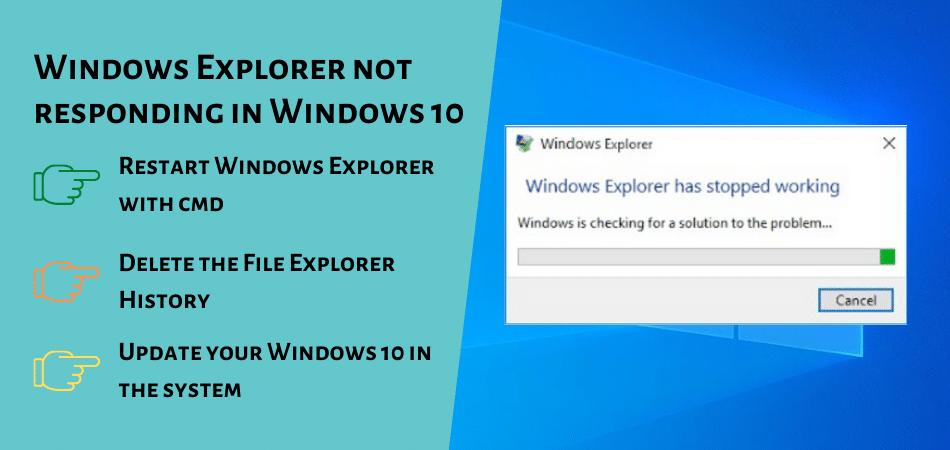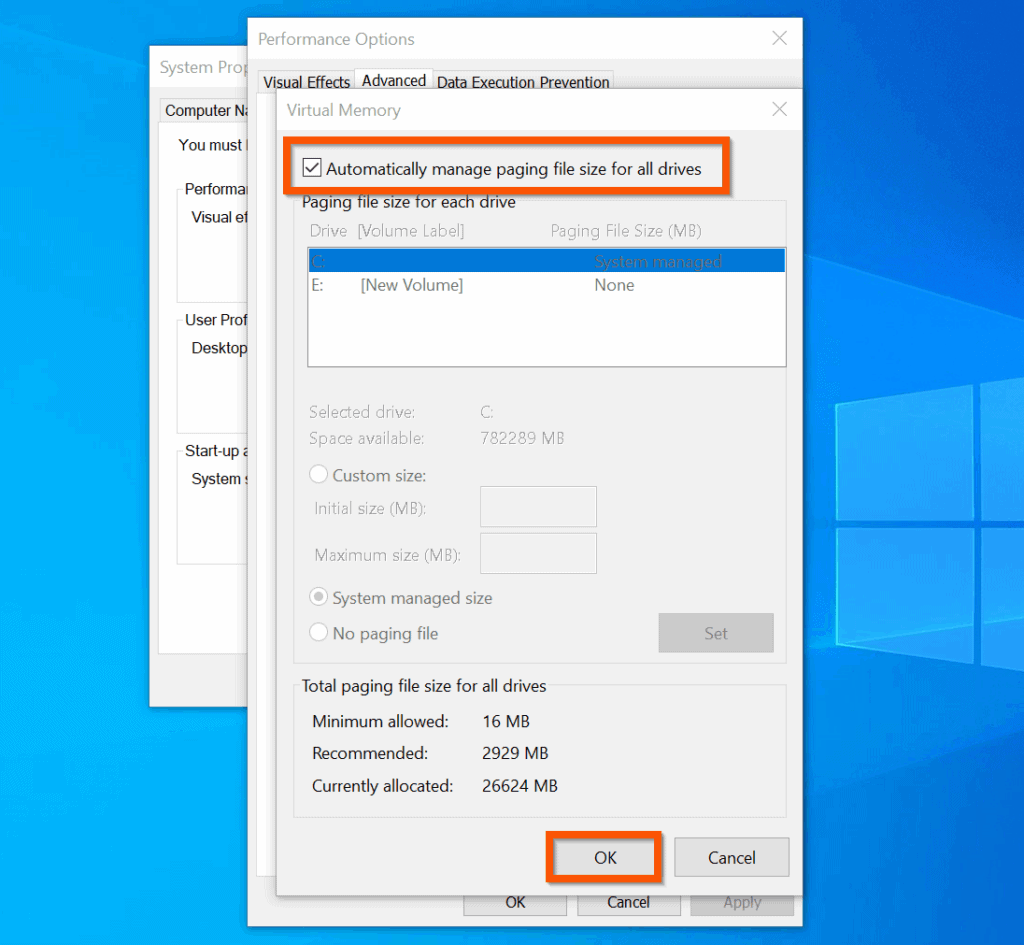

This means that if a user click on an UI element such as launching of Windows File Explorer or attempt to navigate between folder structure both the rendering of the User Interface in the Windows File Explorer as well as execution of reading and opening files is done on the main system thread where both user and operating system are occupying the execution queue.Īs the system is currently first in line executing a workload responsible for locating and loading of recently accessed files the user's command to load up the Windows File explorer is currently second in line and cannot progress further until the queue on the main thread becomes clear. Software build on this design principle render all of their content on the main system thread. Windows File Explorer and many other core software user interface elements are built using Win32 Forms. Whilst the hardware that runs an operating system has evolved to support parallel multitasking, core OS elements and software remained fundamentally the same and can only run on a single system thread - also referred to as the main tread. In modern computers, we have processors capable of executing multiple threads at the same time, known as multithreading where a smaller process can be executed in parallel with rest of main processes in the background. In computers, a central processing unit or CPU can execute a line of commands in order to complete any give task. Windows File Explorer is not responding | A bit of Computer Science Background for Better Understanding of the issue: Error messages appear in the Windows Notification Tray announcing issues with connecting to shared network drives.Navigating operating system can be delayed or overall system may appear sluggish and does not respond to user commands.Microsoft Word and Excel not responding and crashing.Windows File Explorer not responding or crashing.The most common performance issues observed on our corporate devices that are out of domain reach are: When the device leaves our corporate network, lack of corporate network connectivity to our domain can cause some significant issues with the devices overall performance and stability, resulting in poor end-user experience.

This allows the user to access their personal files stored in our Network Attached Storage located in the data centre, lets them access shared storage facilities and get their latest device configurations applied to their device from Group Policy using the Domain Controllers. When a device such as a laptop is used on site, it is connecting to our corporate domain network and is constantly pooling Group Policies, Network Shares such as Home Drive and Shared Drives. System Performance Responsiveness Issues Caused by Inaccessible Domain Controllers and Network Share


 0 kommentar(er)
0 kommentar(er)
